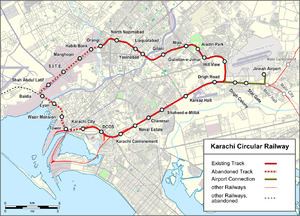Track gauge 1,676 mm (5 ft 6 in) Began operation 1969 Number of stations 23 | System length 140,000 m Number of lines 3 | |
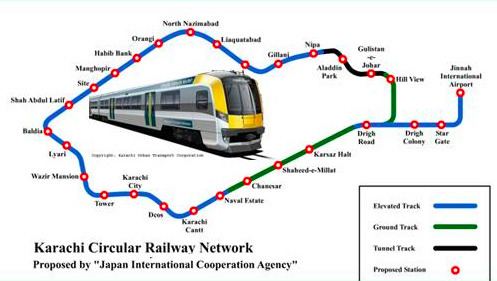 | ||
Similar Karachi Cantonment railway station, Karachi City railway station, Jinnah International Airport | ||
Karachi Circular Railway (Urdu: کراچی مداری ریلوے , abbreviated as KCR) is a proposed revival of the regional public transit system in Karachi, Sindh, Pakistan, which served the Karachi District region between 1969 and 1999. With its Hub at Karachi City station on I.I. Chundrigar Road, KCR's revived operations will extend as far as Gadap to the north, Dhabeji to the east, Kiamari to the south and Hub to the west. Proposals to revive the KCR as an inter-regional public transit system in Karachi with aims to connect several industrial and commercial districts within the city to the outlying suburbs have been put forward.
Contents
- Karachi circular railways a local commuter train connecting karachi suburbs with city center
- History
- Revival
- Encroachments
- Route
- Main line
- Loop line
- Malir line
- References

Karachi circular railways a local commuter train connecting karachi suburbs with city center
History
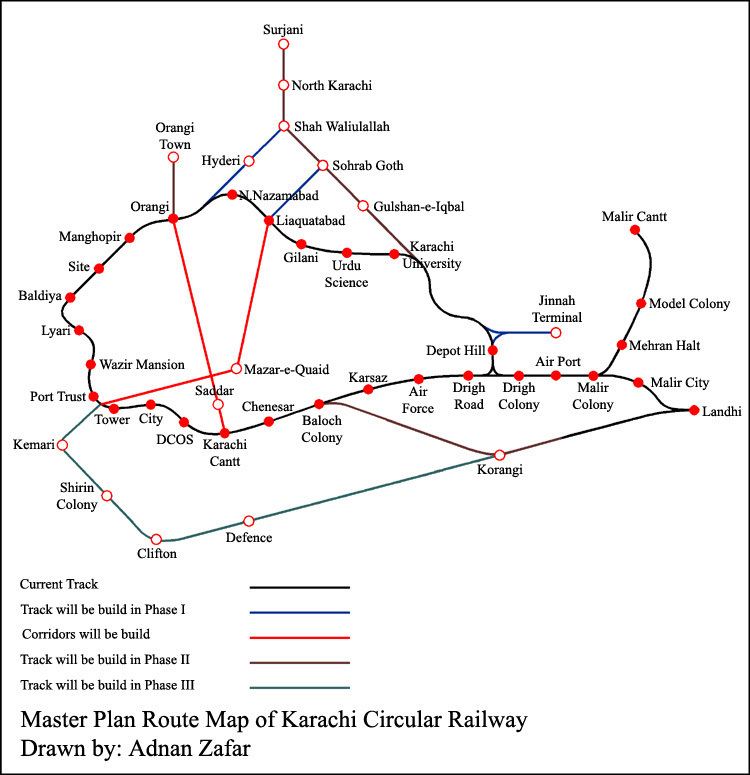
Karachi Circular Railway came into being during President Ayub Khan's tenure, who in 1962 suggested the use of trains as a means for short travel in Karachi. Operations began in 1969 under the administration of Pakistan Railways, with the aims to provide better transportation facilities to Karachi's growing population and outlying surrounding suburban communities. The original KCR line extended from Karachi City station and ended at Drigh Road station and carried 6 million passengers that year. It's instant success made Pakistan Railways a significant profit in its first year of operation. In 1970, KCR was expanded further east to Landhi Junction station while new track was extended westwards, thus opening Karachi Port Trust station and Wazir Mansion station in 1970. Throughout the 1970s, track was further extended westwards and northwards towards, forming a "loop line" which circled around several of Karachi's residential and industrial areas. At its peak, KCR ran 104 daily trains, of which 80 trains ran on the main line, while the remaining 24 trains ran on the loop line. During the 1990s, the private transporters of Karachi contracted KCR staff who became indulged in corruption. By 1994, KCR was in incurring major losses due to mismanagement. As a result, the vast majority of trains were discontinued with only a few running on the loop. By 1999, KCR operations had been discontinued. The official reason for the discontinuation was that the Pakistan Railways was said to be making a loss by running the trains all over the city with few passengers taking advantage of the facility. Another version suggests that private transporters conspired with some corrupt staffers in the railways to fulfill their desire to bag the bulk of passengers for themselves The result caused instant gridlock on Karachi's streets. Severe criticisms were lodged at Pakistan Railways mismanagement as well as Karachi's "road transport mafia". In 2005, revival plans for the KCR were initiated to fulfill the growing transportation needs of Karachi, but never fully materialized. In 2009, the Karachi Urban Transport Corporation was proposed in which The KCR would be operated by a semi-autonomous body. Pakistan Railways would have 60% share in the corporation, Sindh government 25% and the Karachi 15%.
Revival
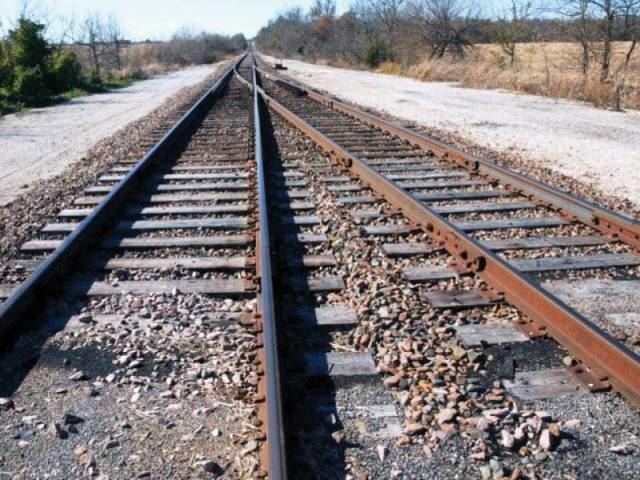
In August 2012, JICA agreed to a ₨260 billion (US$2.5 billion) loan to the Karachi Urban Transport Corporation, which would oversee the rebuilding and refurbishment of the KCR. The plans called for upgrades and rebuilding of the 50 kilometer long circular Loop Line which would operate 24 trains facilitating 700,000 commuters, making 3-minute stops at 23 stations. However, this plan never materialized. In 2016, the Minister of Railways said that Pakistan Railways was ready to give its land for the Karachi Circular Railway and that Railways’ land was being allotted for other purposes under a set policy and its violation would not be allowed. Both the Sindh government and Pakistan Railways have formed a working group to fulfill the legal requirements to hand over administrative control of the Karachi Urban Transport Corporation (KUTC) and right of way tracks of the Karachi Circular Railway (KCR) to the provincial government.
Encroachments
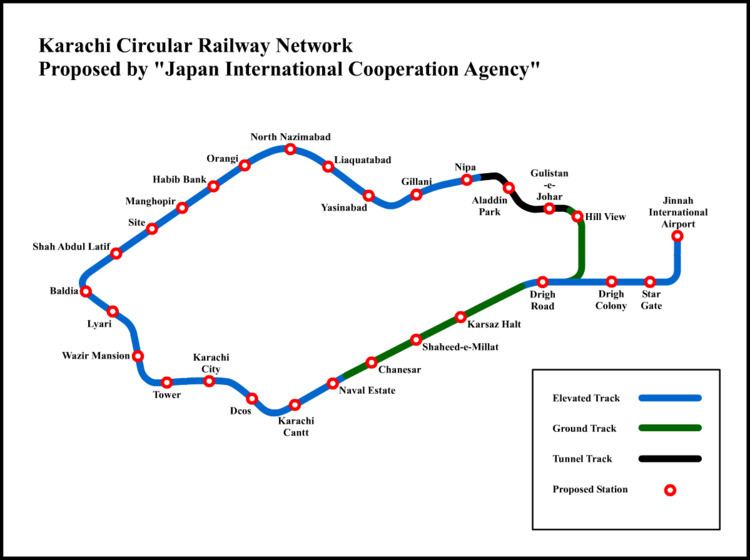
Around 7650 structures, including 4,653 houses, illegally built on 67 acres out of 360-acre land required for the KCR.
Route
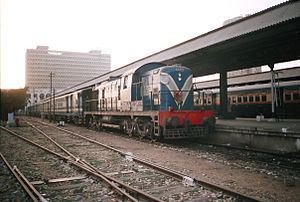
The KCR will consist of a loop line from Karachi City to Drigh Road via Liaquatabad. 29 kilometres will be revived with an additional 21 kilometre dual track from Karachi City to Jinnah International Airport, allowing the KCR to connect to the Pakistan Railway main line. The KCR is expected to hold carry on average of 700,000 passengers on 246 trains daily when completed.
Main line
Loop line
Malir line
